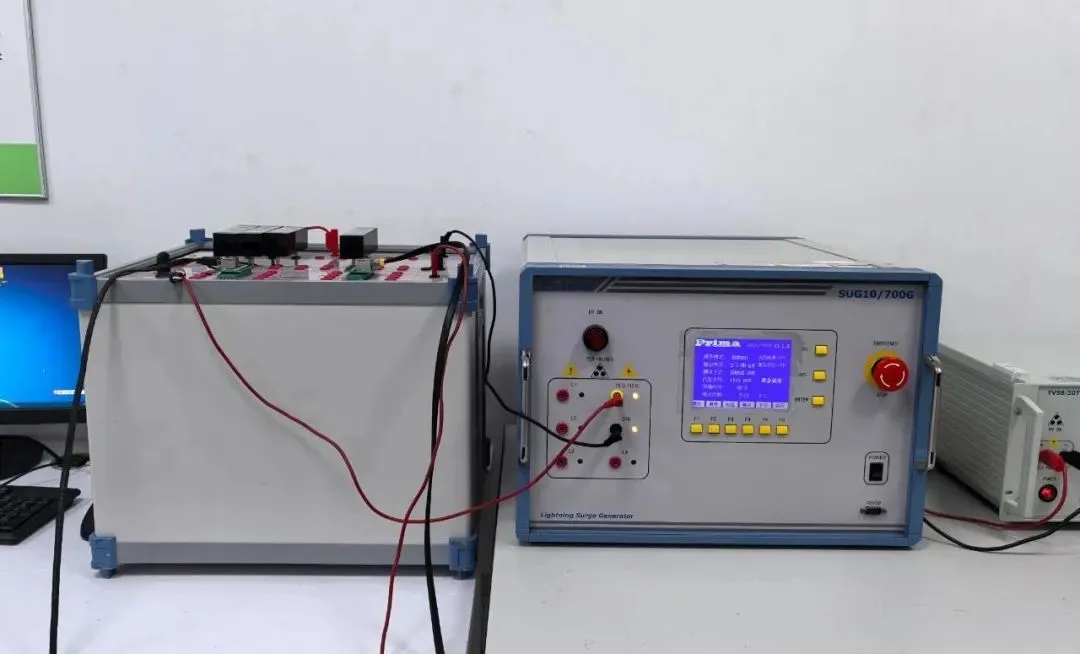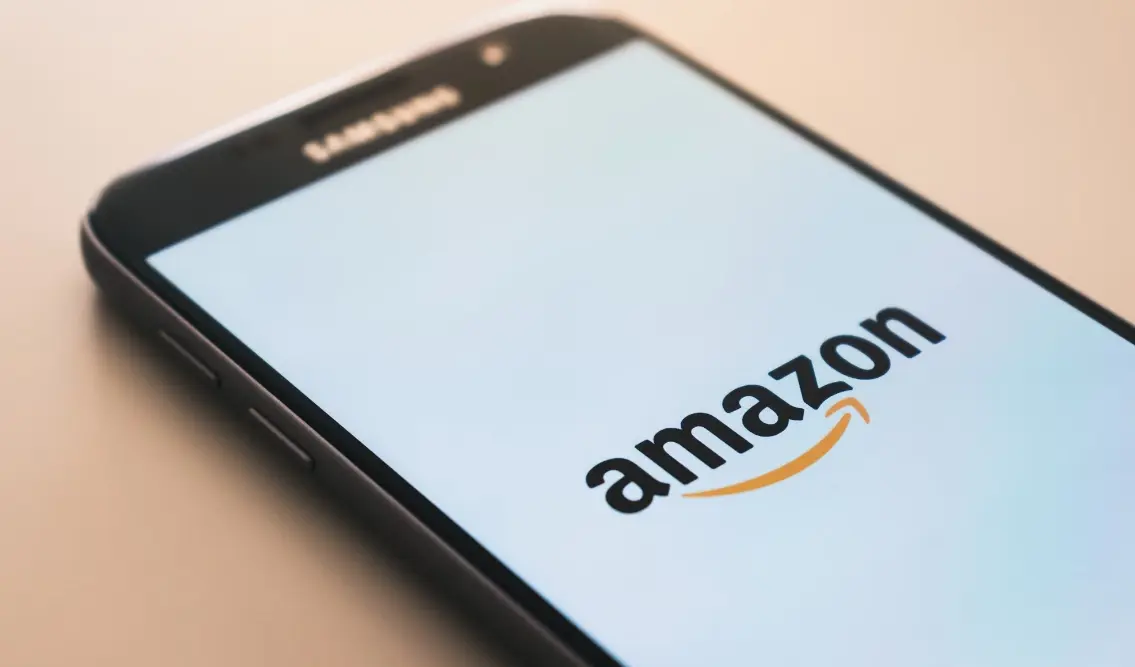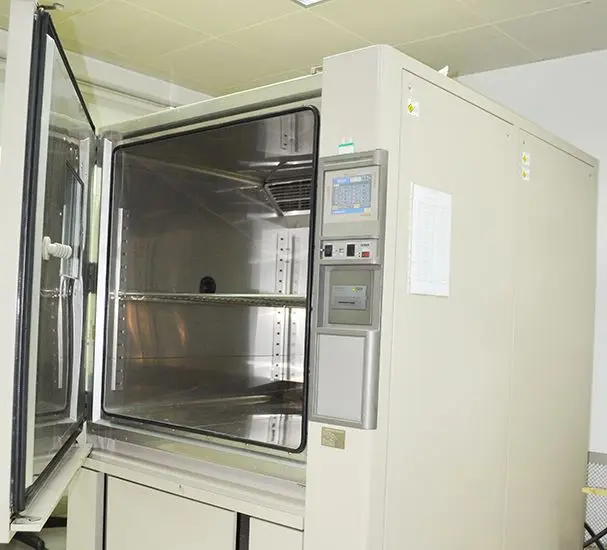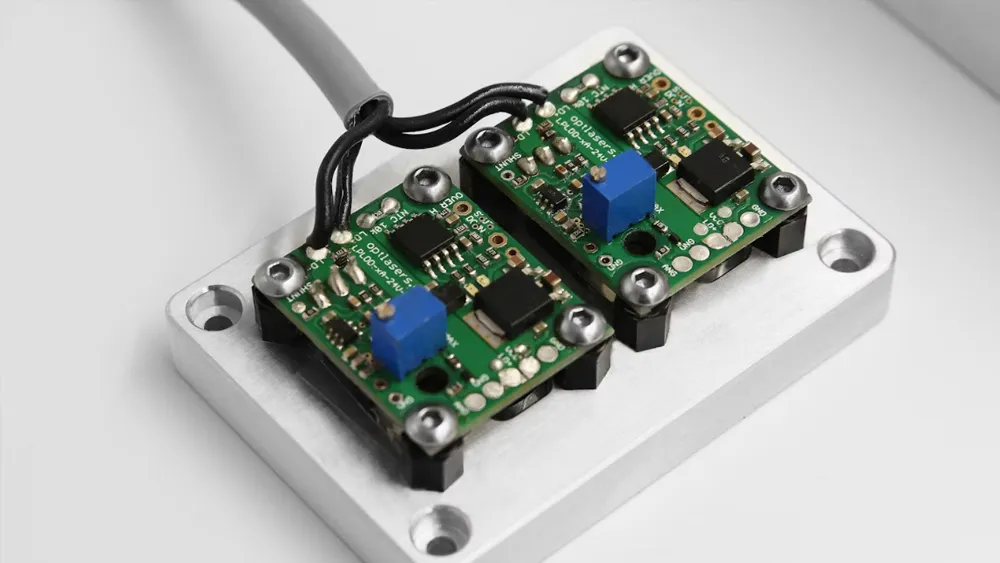
Bluetooth Headset RoHS Testing
Bluetooth headsets have become an essential electronic product for consumers worldwide. According to Statista, the global Bluetooth headset market REACHed USD 38 billion in 2024 and is expected to surpass USD 65 billion by 2029, with a compound annual growth rate (CAGR) of over 11%.
However, behind this booming growth lies the reality of increasingly strict environmental and safety regULations in different countries—such as the EU’s RoHS Directive, the U.S. cpsia, and Japan’s PSE. These regulations are becoming invisible barriers for companies expanding internationally.
Why Is ROHS Testing Necessary for Bluetooth Headsets?
RoHS (Restriction of Hazardous Substances) is a directive adopted by the European Union in 2003 to protect human health and the environment. It restricts the use of six hazardous substances in electrical and electronic equipment: lead (Pb), mercury (Hg), cadmium (Cd), hexavalent chromium (Cr(VI)), polybrominated biphenyls (PBBs), and polybrominated diphenyl ethers (PBDEs).
In 2011, RoHS was upgraded to RoHS 2.0, which added four phthalates (DEHP, BBP, DBP, and DIBP), with full enforcement starting in 2021.
Differences in RoHS Standards Across Regions
European Union (RoHS 3.0 / Directive 2011/65/EU):
1. Restricts the six base substances mentioned above, each with limits such as 1000 ppm for lead, mercury, hexavalent chromium, and brominated flame retardants; and 100 ppm for cadmium.
2. Adds four restricted phthalates (DEHP, BBP, DBP, DIBP), each limited to 1000 ppm.
3. Applies to all electronic and electrical equipment, including Bluetooth headsets and charging cases, unless specifically exempted.
4. Testing follows the EN 62321 series, such as EN 62321-5 for heavy metals and EN 62321-8 for phthalates.
United States (CPSIA & California Proposition 65):
1. Limits lead content to ≤ 90 ppm for general use, and ≤ 100 ppm for children’s products.
2. Phthalates (e.g., DEHP) must be ≤ 1000 ppm for children’s products.
3. California Proposition 65 requires businesses to disclose if products contain any carcinogenic or reproductive toxic substances (e.g., lead, cadmium), or face potential class-action lawsuits.
Japan (pse certification & JIS C 0950):
1. Substance restrictions are similar to RoHS, but some limits are stricter, such as cadmium ≤ 50 ppm.
2. Scope includes not just electronics, but also accessories like batteries and chargers.
What Does rohs testing Involve for Bluetooth Headsets?
Bluetooth headsets are composed of multiple parts—earbud units, charging cases, batteries, circuit boards, silicone tips, and more. Each component must be dismantled and tested to ensure material compliance. Below are the main testing areas:
1.Heavy Metals Testing:
Focuses on detecting substances like lead, mercury, cadmium, and hexavalent chromium. High-risk areas include solder joints (lead), batteries (cadmium), and casings (cadmium). The test is typically performed using ICP-MS(Inductively Coupled Plasma Mass Spectrometry).
2.Phthalate Testing:
Checks for plasticizers like DEHP, BBP, DBP, and DIBP, which are often found in soft plastics and wire coatings. This is conducted using GC-MS(Gas Chromatography–Mass Spectrometry).
3.Brominated Flame Retardants (PBBs/PBDEs):
These are usually present in circuit board materials and are screened using XRF(X-ray Fluorescence), followed by GC-MSfor confirmation when needed.
Why Choose JJR Testing Laboratory in China?
Reduce compliance Costs by 40%
JJR Testing Laboratory is a trusted one-stop compliance partner for clients in Europe and North America, backed by a decade of international certification experience.
Key Advantages of JJR:
1.Comprehensive Accreditation, Globally Recognized Reports:
JJR holds CNAS and CMA accreditations. Its test reports are valid for CE (EU), FCC (US), PSE (Japan), and other global certifications—helping clients avoid redundant testing.
2.Local Advantage, Lower Costs:
Leveraging China’s mature supply chain, JJR shortens testing timelines by 30% and reduces overall costs by 40%, including sample shipping and document translation.
3.End-to-End Compliance Support:
Beyond RoHS, JJR offers over 20 international certification services, including CE, FCC, KC, and SIRIM, covering everything from raw material sourcing to final product exports.
Email:hello@jjrlab.com
Write your message here and send it to us
 Electric Toy EN 62115 & EN 71 Testing
Electric Toy EN 62115 & EN 71 Testing
 What are ASTM F963 and CPSIA?
What are ASTM F963 and CPSIA?
 Comparison of ASTM F963 and EN 71
Comparison of ASTM F963 and EN 71
 How to get CSA C22.2 NO.256:14 Test Report?
How to get CSA C22.2 NO.256:14 Test Report?
 How much is the ISTA Amazon Packaging & Shippi
How much is the ISTA Amazon Packaging & Shippi
 Amazon Product Laboratory Testing Requirements
Amazon Product Laboratory Testing Requirements
 How to Get EPA Certificatio
How to Get EPA Certificatio
 What is EPA Certification in the United States?
What is EPA Certification in the United States?
Leave us a message
24-hour online customer service at any time to respond, so that you worry!




